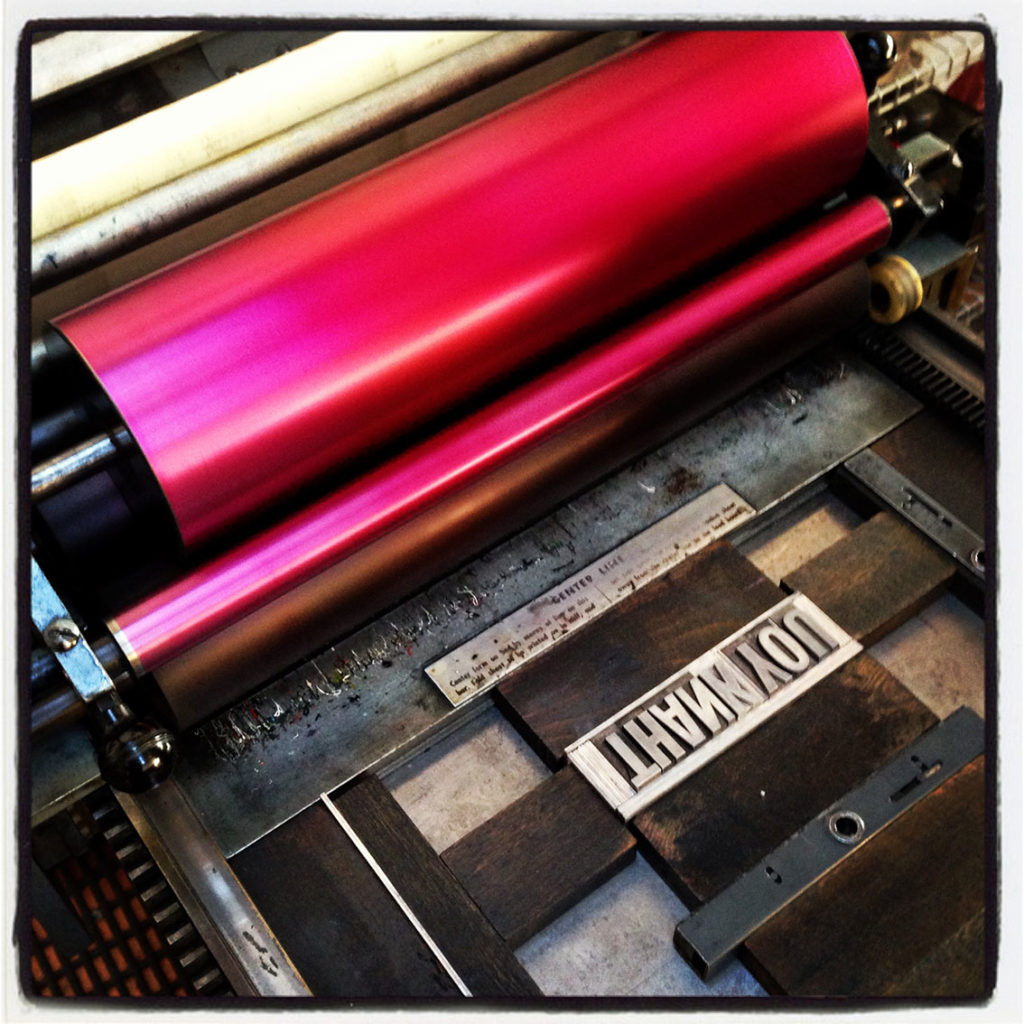
What’s all this talk of Letterpress?
We recently received an introduction to letterpress printing at Idlewild Press in Melbourne, and wanted to share a few of our learnings.
You’ve probably seen a few examples of letterpress printing – you’ve received a wedding invitation, or picked up a business card from a hipster café (if you have one of Brand by Name’s cards, that’s letterpress too)
Until the 1900s, this was the main method of printing newspapers, flyers and most printed material. By the 1930s it was fading fast, being overtaken by offset printing (one of the main processes we use today), commonly referred to as four colour, or ‘CMYK’ after the colour of the inks used. Offset printing is fast, accurate and excellent quality. Letterpress printing remained in some specific areas, such as hand-published books, wedding materials, personal stationery and for some high-end brands. And it has become popular recently along with the hand-made/maker trend.
Why choose letterpress?
It’s beautiful. The feel of the paper, the impression the plates produce, the strength of colour…it’s a print lover’s wet dream. You’ll never ever hand over your business card or invitation without the recipient noticing the quality.
Why not?
It’s expensive. Make no mistake—digital print has revolutionized the cost of short print runs (under 500 copies is generally considered short). You can now print your business cards for a quarter of the price of ten years ago.
But letterpress printing is still a fairly manual process. Whilst there are so-called ‘fast’ machines, they almost always need some manual intervention to insert paper and check the impressions.
As an example, the printing workflow alone (not including making the plates or pre-press setup) for our business cards was as follows:
Pass 1: The large block of yellow on the back.
Pass 2: The charcoal text on the front.
Pass 3: The charcoal logo on the back
Pass 4: The yellow logo and small glyphs on the front.
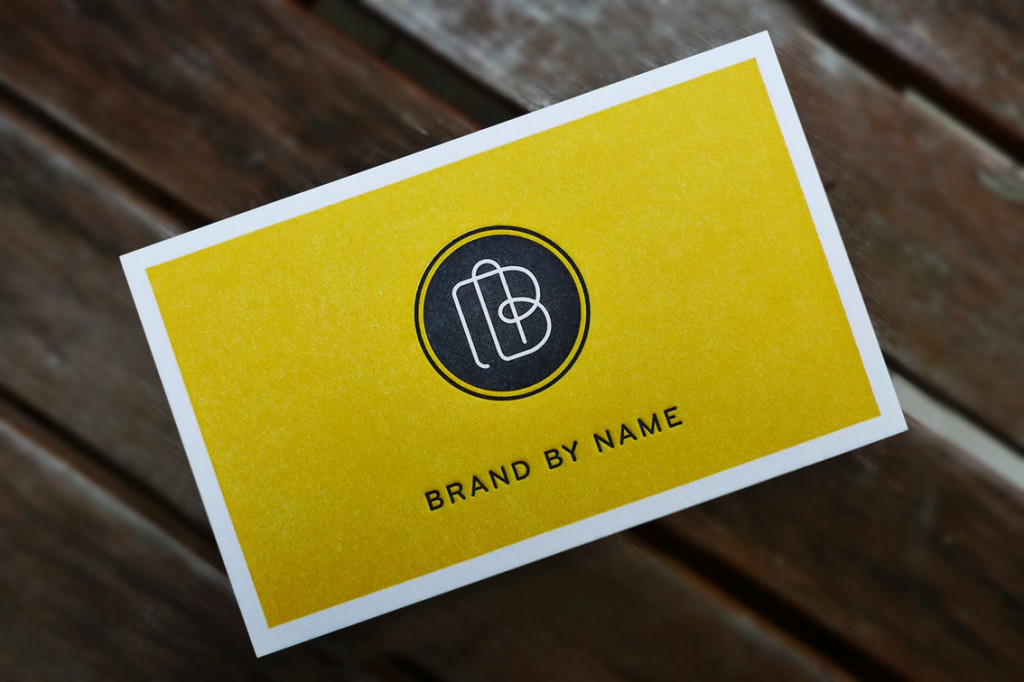
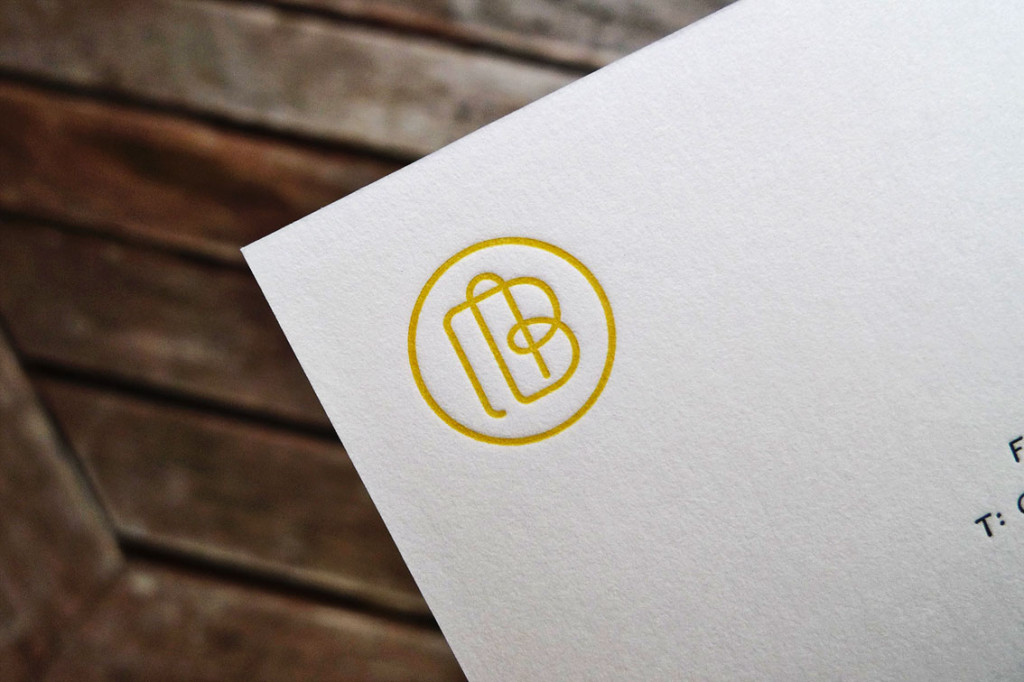
If this was a digital process, you would have these cards printed, trimmed and packed in a matter of a couple of hours.
Ours took almost two weeks.
Can I take a look?
If you’re in Melbourne, the Hungry Workshop is situated in a street-facing building in Northcote, where you can peer in and see the machines. If you’re in Sydney, head to an event at the Distillery in Surry Hills where their machines run along an entire wall.
But if you’re looking for someone to print your cards or stationery, call us. We have a few contacts.
You may also like


Did you know that, in print, black isn’t really black?
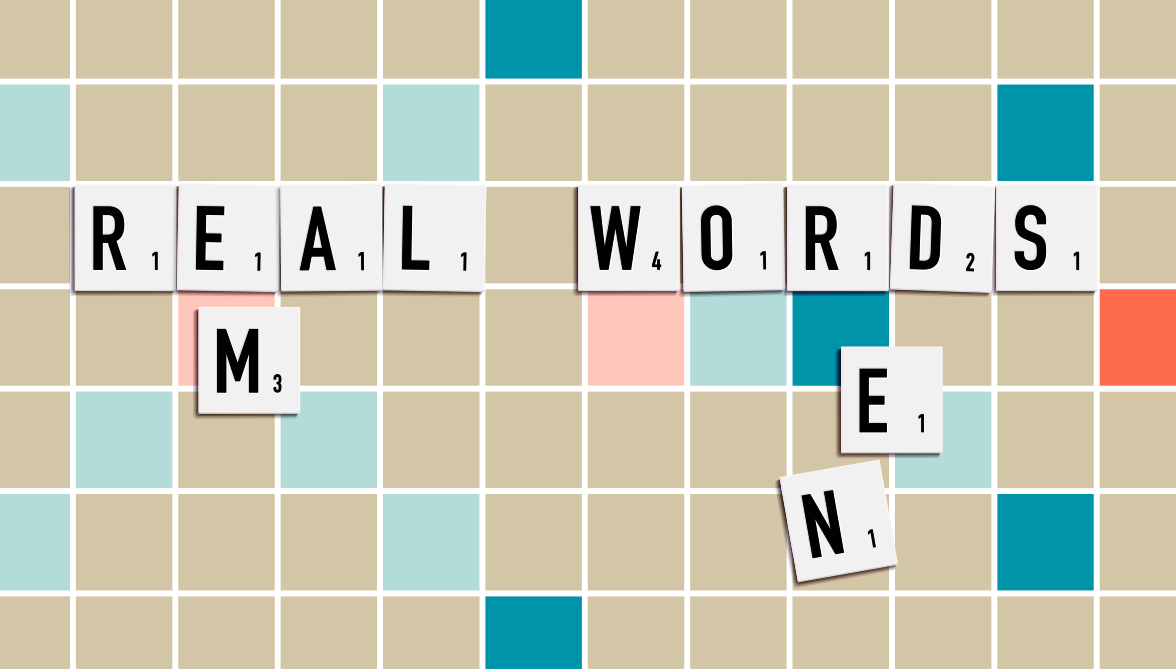
Em and En are real words (and you can use them in Scrabble)
Recent posts
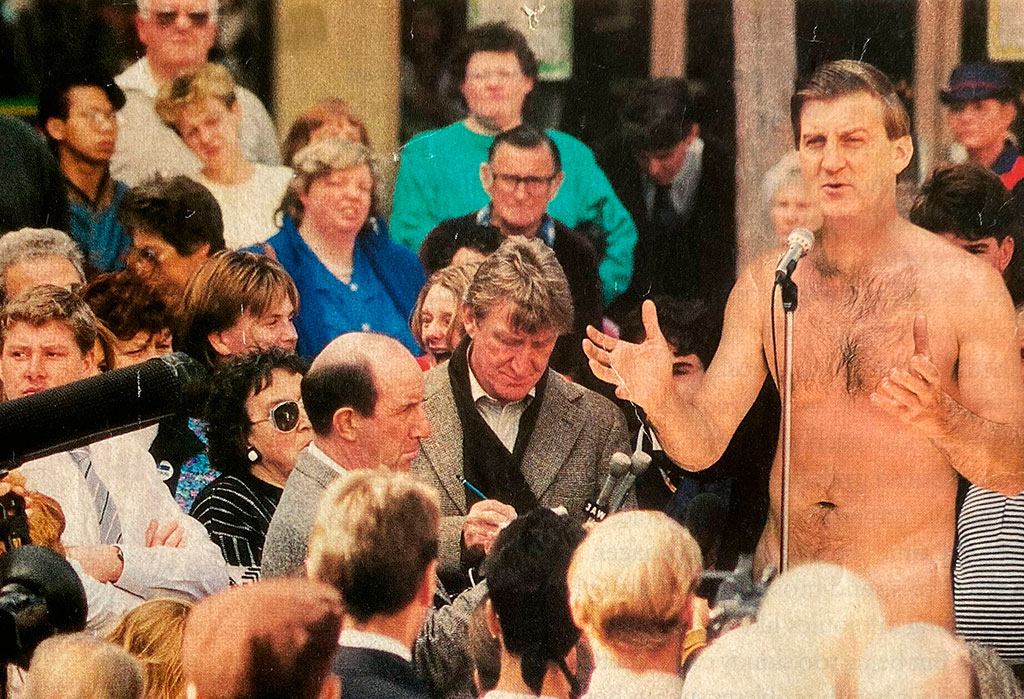
Jeff is undressed
I’ve kept this magazine article since 1993, and now I know why. On the cover, Jeff Kennett (the Victorian Premier at the time) stood naked, addressing a crowd of people. My eyes were telling me one thing. My brain was telling me it couldn’t be true.

ELMO’s 2024 HR Industry Benchmark Report
ELMO’s 2024 HR Industry Benchmark report is live. The report surveyed HR professionals across Australia and New Zealand to uncover trends, challenges and opportunities for 2024.
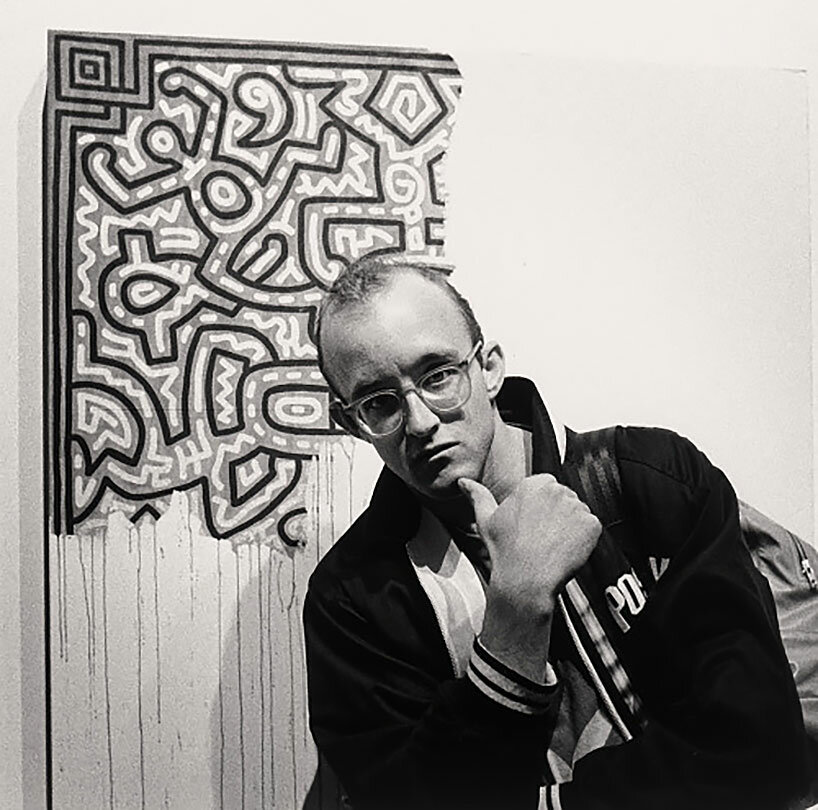
Keith Haring would not approve
Compare the two artworks in this post. You might recognise the artist as Keith Haring. On the left is his Unfinished Painting, created in 1989.
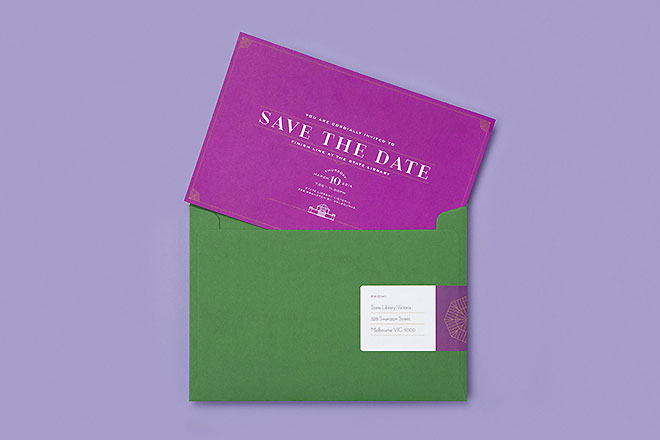
Coloured envelopes are a power move
If you want people to open something you’ve mailed them, use this simple trick. It’s our signature move. And it’s so simple.
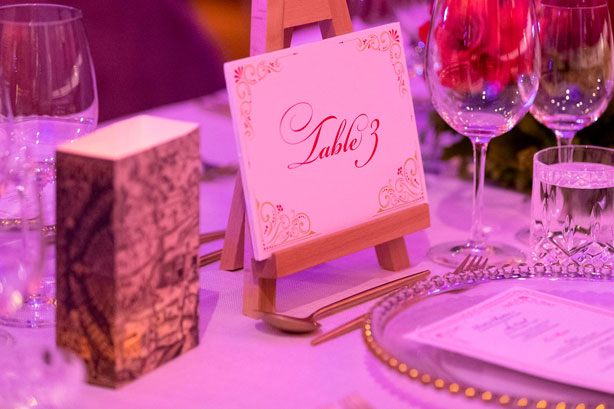
President’s Dinner at State Library Victoria
For the VIP event, we created invitations, menus, wine list, table numbers, place names and illuminated paper lanterns, which decorated the long tables.

If you’re asking how much branding costs, you’re asking the wrong question.
Why? You need a timeframe. Let’s look at another example. You spend two hours cleaning outdoor teak chairs. You bought them 30 years ago, second-hand.

